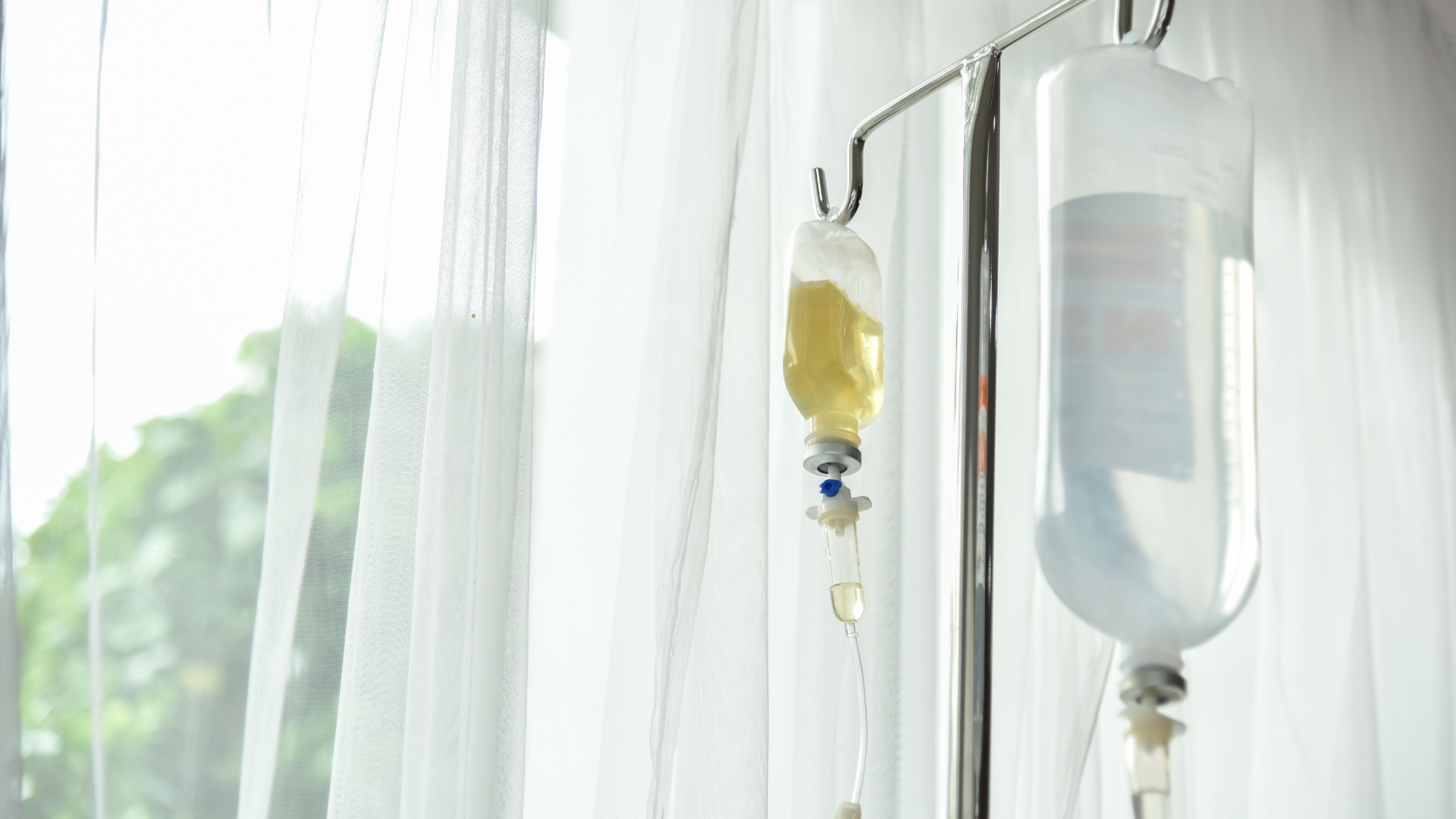Prolotherapy – A Regenerative Answer to Joint Pain

Persistent joint pain from conditions like osteoarthritis, tendon injuries, and ligament strains can severely limit mobility and quality of life. While conventional treatments often focus on short-term symptom relief, they rarely address the underlying cause of the pain. Dr. Colin Race explains:
Prolotherapy offers a different path—one that activates the body’s own healing response to regenerate and strengthen damaged tissues, providing lasting relief and restored function.
Why Does Joint Pain Linger?
Chronic joint pain often stems from weakened or damaged connective tissues—like ligaments and tendons—that never fully heal. These structures have poor blood flow, so once injured, the body struggles to repair them effectively. Over time, this leads to joint instability, pain, and degeneration, especially in conditions like osteoarthritis, tendinosis, and ligament laxity.
Most standard therapies—NSAIDs (like ibuprofen) and steroid injections—reduce inflammation and pain, but they do not repair the damaged tissue. In fact, studies show they can actually hinder the body’s natural healing process and weaken the very tissues they aim to protect.
What Is Prolotherapy?
Prolotherapy (short for proliferative therapy) is a non-surgical treatment designed to stimulate your body’s own repair mechanisms. It involves injecting a natural irritant—typically dextrose (a sugar solution)—into injured joints, ligaments, or tendons. This controlled irritation kickstarts the healing process by:
-Increasing blood flow to the area
-Attracting growth factors and repair cells
-Stimulating collagen production, which is essential for strong, resilient connective tissue
Instead of masking symptoms, prolotherapy targets the underlying cause of pain—tissue damage—and encourages true, lasting recovery.
How Prolotherapy Helps Common Joint Conditions
Osteoarthritis (OA)
In OA, joints often become unstable due to weakened ligaments. Prolotherapy helps restore that stability. In studies of arthritic knees treated with dextrose injections, patients reported improved pain, function, and range of motion—even with little cartilage remaining. Similar improvements were noted in arthritic finger joints, with better grip and flexibility.
Tendinosis (Chronic Tendon Injuries)
Tendinosis involves degenerative damage in the tendons of muscles, not just inflammation. Prolotherapy stimulates collagen repair, helping the tendon heal and strengthen. As it heals, pain disappears.
Ligament Injuries and Joint Instability
Loose ligaments make joints unstable, increasing the risk of pain and further injury. A history of sprained joints or just wear and tear are common and contribute to developing laxity in ligaments. Prolotherapy helps tighten and thicken these ligaments, improving strength and function.
Prolotherapy vs. Standard Treatments
Unlike conventional treatments that primarily aim to reduce inflammation or numb pain, prolotherapy works by repairing the underlying tissue damage that causes the discomfort in the first place. Anti-inflammatory medications and cortisone injections may offer temporary relief, but they can actually slow down or even impair the healing process. In contrast, prolotherapy stimulates tissue regeneration, strengthens weakened areas, and supports long-term recovery—helping patients achieve real, lasting improvement rather than just masking symptoms.
What to Expect from Treatment
A typical prolotherapy session involves a series of injections using a solution that includes dextrose, vitamins, and a local anesthetic. The procedure is quick, and while some post-treatment soreness is common, most patients return to light activity within a few days. Over time and with repeat treatments, the area becomes stronger, more stable, and less painful.
To support the healing process, many clinics also recommend supplemental therapies like:
-Ozone (Prolozone) injections
-Nutritional supplements (collagen peptides, vitamin C, zinc)
-IV nutrient therapy
-Low-level laser therapy or acupuncture
These approaches can improve tissue quality, accelerate healing, and reduce the number of sessions needed.
Who Might Benefit Most?
Prolotherapy is ideal for people with:
-Chronic joint pain or instability
-Osteoarthritis (especially knees, hips, hands)
-Tendon injuries that haven’t responded to rest or rehab
-Recurrent ligament sprains
Even in cases where surgery may eventually be necessary, prolotherapy can help strengthen the area beforehand, improving surgical outcomes.
A Regenerative Path Forward
If you are tired of temporary fixes and want a non-surgical, regenerative solution to chronic joint pain, prolotherapy may be the missing link in your recovery. It’s a treatment to restore structure and function rather than to suppress symptoms allowing you to return to a life of movement without fear.





